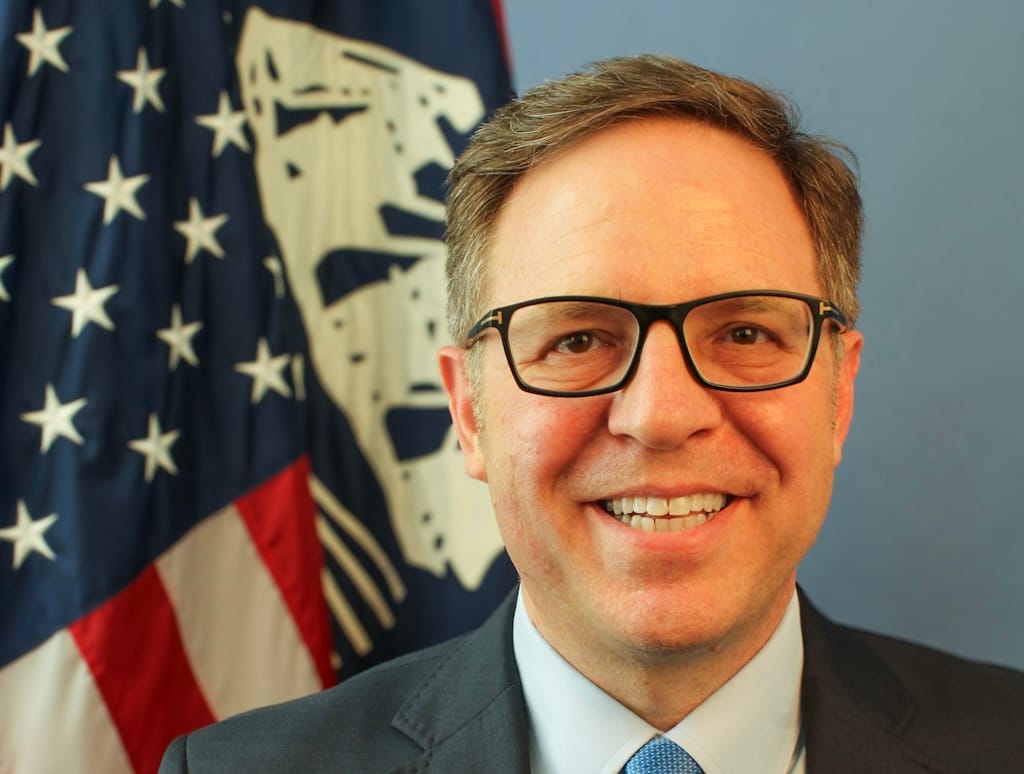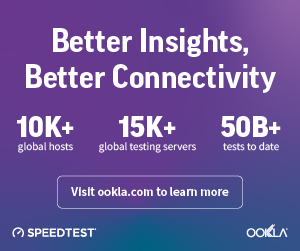NTIA Approves Digital Equity Plans from all 50 States, D.C., Puerto Rico
States are now free to apply for funding to address barriers to broadband adoption.
Jake Neenan

WASHINGTON, April 11, 2024 – The National Telecommunications and Information Administration has approved digital equity plans from all 50 states, plus D.C. and Puerto Rico, the agency’s head announced Thursday.
“For the first time in our nation’s history, each state has a plan to connect communities with the resources they need to thrive online,” NTIA Administrator Alan Davidson wrote in a post on X.

Approval means states can go forward with applications for funding to execute their plans to address barriers to broadband adoption like affordability and digital literacy. The agency made $811 million of that funding available in March through the first tranche of its Digital Equity Capacity Grant Program.
The NTIA has tentatively earmarked some of that money for each state based on its population size and the relative lack of broadband adoption. Like in the Broadband Equity, Access and Deployment program, Texas seems set to take home the most with more than $55 million set aside.
For the entities whose plans have now been approved, those applications will be due next month by May 28. Other U.S. territories have until July 31, while Tribal governments and organizations will be able to apply until February 2025. The agency is planning to start awarding capacity grant funds by August 28 and continue on a rolling basis.
The capacity grant program will ultimately make available a total of $1.44 billion, with smaller awards expected to come over the next two years.

States like Maine are planning on using that money to get people enrolled in the Affordable Connectivity Program or a successor program, expand free or significantly reduced cost Wi-Fi in affordable housing, stand up trainings to help people access online services, and more.
Another $1.25 billion in digital equity funding will be available later this year in the agency’s Digital Equity Competitive Grant Program, in which other entities can apply directly for funding to support their own digital equity projects.
The money comes from the $2.75-billion Digital Equity Act, a subset of the 2021 Infrastructure Law aimed at addressing barriers to broadband adoption that will persist even after network infrastructure is expanded through the larger BEAD program.
The National Digital Inclusion Alliance released a manual to help states implement their digital equity plans last week. The free document includes guidance on working with vulnerable communities, planning and carrying out state initiatives, and standing up subgrant programs.











Member discussion